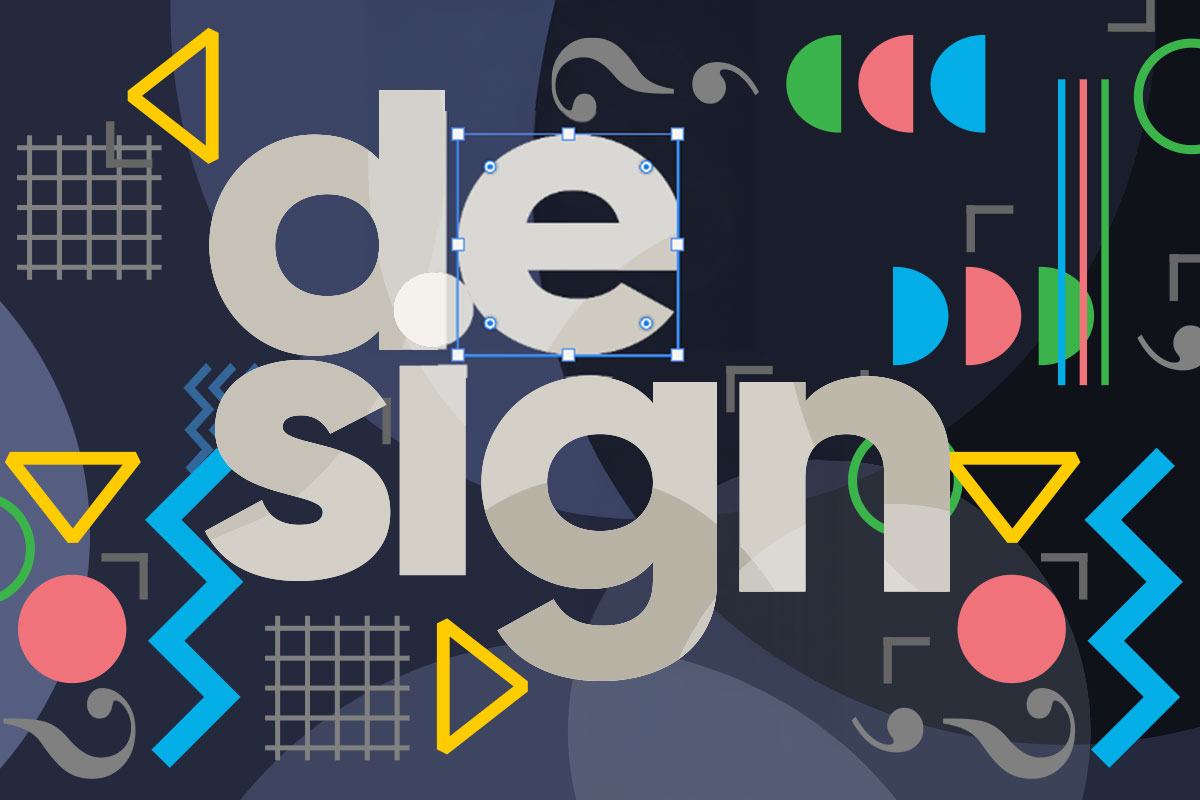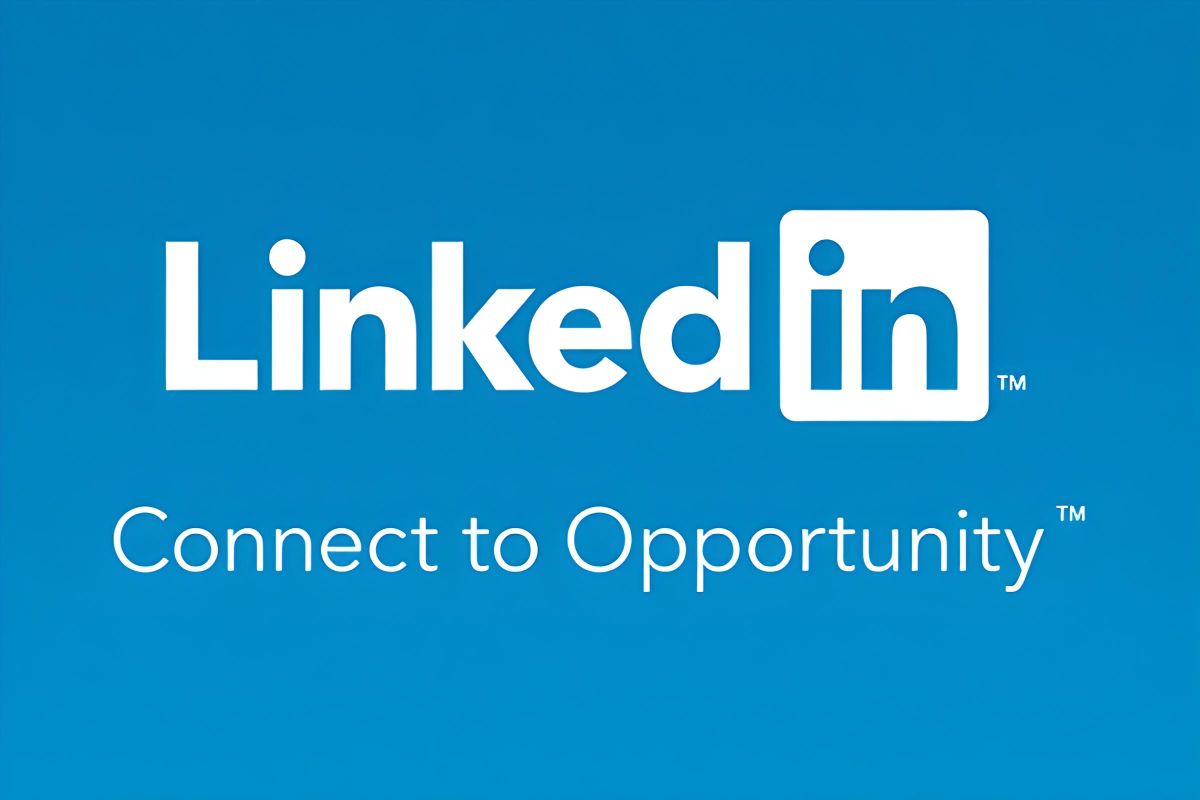The Art of Networking in the Business Realm
In the ever-evolving landscape of business, the ability to network effectively has become a cornerstone of success. Networking is not merely about exchanging business cards; it is an art form that revolves around building genuine connections. The relationships forged through networking can lead to invaluable opportunities, collaborations, and insights. This article delves into the essential components of networking, focusing on the intricacies of creating meaningful connections, crafting an impactful elevator pitch, developing effective follow-up communication strategies, and leveraging online platforms.
Building Genuine Connections
At its core, networking is about establishing authentic relationships. Building genuine connections requires a mindset that prioritizes quality over quantity. While attending networking events can be a great way to meet new people, the focus should be on engaging with individuals on a deeper level.
Start by approaching each interaction with curiosity. Ask open-ended questions to encourage dialogue, and actively listen to the responses. This not only demonstrates interest but also fosters a sense of trust and rapport. People appreciate when others take the time to listen and engage with them sincerely.
Additionally, seek common ground. Finding shared interests or experiences can serve as a catalyst for conversation, making it easier to form connections. Whether it’s a shared passion for a specific industry, a mutual acquaintance, or even personal interests, these commonalities can create a solid foundation for ongoing relationships.
Moreover, remember that networking is a two-way street. Offer assistance or resources to those you connect with, showcasing your willingness to contribute to their success. This generosity not only solidifies your connection but also enhances your reputation as someone who is helpful and supportive within the business community.
Elevator Pitch Essentials
In the fast-paced world of business, having a compelling elevator pitch is essential. An elevator pitch is a brief, persuasive speech that introduces yourself, your role, and your professional aspirations. The goal is to capture the listener’s attention quickly and effectively, prompting further conversation.
When crafting your elevator pitch, focus on clarity and conciseness. Aim for a duration of about 30 to 60 seconds—just enough time for a quick introduction but not so long that it loses impact. Begin with a hook that piques interest. This could be a thought-provoking question or a bold statement that reflects your unique value proposition.
Incorporate key elements that define your professional identity. Clearly articulate what you do, the value you bring, and what sets you apart from others in your field. Avoid jargon or overly technical language; instead, opt for relatable terms that resonate with your audience.
Lastly, end your pitch with a call to action. Whether it’s inviting the listener to connect on LinkedIn, suggesting a follow-up coffee meeting, or simply asking for their thoughts on a relevant topic, a strong closing encourages further engagement.
Follow-Up Communication Strategies
The art of networking does not end when the initial conversation concludes. Follow-up communication strategies are crucial for nurturing the connections you’ve made. A timely and thoughtful follow-up can significantly enhance the likelihood of building a lasting relationship.
Start by sending a personalized message within 24 to 48 hours of your initial meeting. Reference specific points from your conversation to jog the recipient’s memory and demonstrate that you were genuinely engaged. This could be as simple as mentioning a shared interest or thanking them for a helpful insight they provided.
Utilize various channels for follow-up communication. Email is often the go-to method, but don’t hesitate to use social media platforms, especially LinkedIn. A well-crafted message on LinkedIn can reinforce your connection and keep the conversation flowing.
Additionally, consider scheduling periodic check-ins. This could be as simple as sharing an article that aligns with their interests or asking how their recent project is progressing. Regular touchpoints keep the relationship alive and indicate your continued interest in their work.
Leveraging Online Platforms
In today’s digital age, leveraging online platforms is an indispensable aspect of effective networking. While in-person events provide valuable opportunities, online platforms expand your reach and connect you with professionals worldwide.
Start by optimizing your LinkedIn profile. Ensure it accurately reflects your skills, experiences, and aspirations. Utilize a professional photo, write a compelling headline, and showcase your accomplishments in the summary section. Engage with your network by sharing industry-related content, commenting on posts, and participating in relevant groups. This active participation not only increases your visibility but also positions you as a thought leader in your field.
Consider attending virtual networking events and webinars. These platforms often feature industry experts and provide opportunities to engage with peers. Take advantage of chat features to introduce yourself to other participants. Remember to follow up with those you meet, just as you would in an in-person setting.
Moreover, don’t overlook other social media platforms. Twitter, for instance, is an excellent venue for connecting with industry influencers. Engage in conversations, share insights, and contribute to discussions using relevant hashtags.
Conclusion
Networking is a powerful tool that can open doors and foster growth in the business realm. By focusing on building genuine connections, mastering elevator pitch essentials, implementing effective follow-up communication strategies, and leveraging online platforms, professionals can navigate the complexities of networking with confidence and purpose.
In an increasingly interconnected world, the relationships you cultivate today can shape the trajectory of your career tomorrow. Embrace the art of networking, and watch as new opportunities unfold before you. Remember, it’s not just about what you know, but also about who you know—and the connections you choose to nurture.





